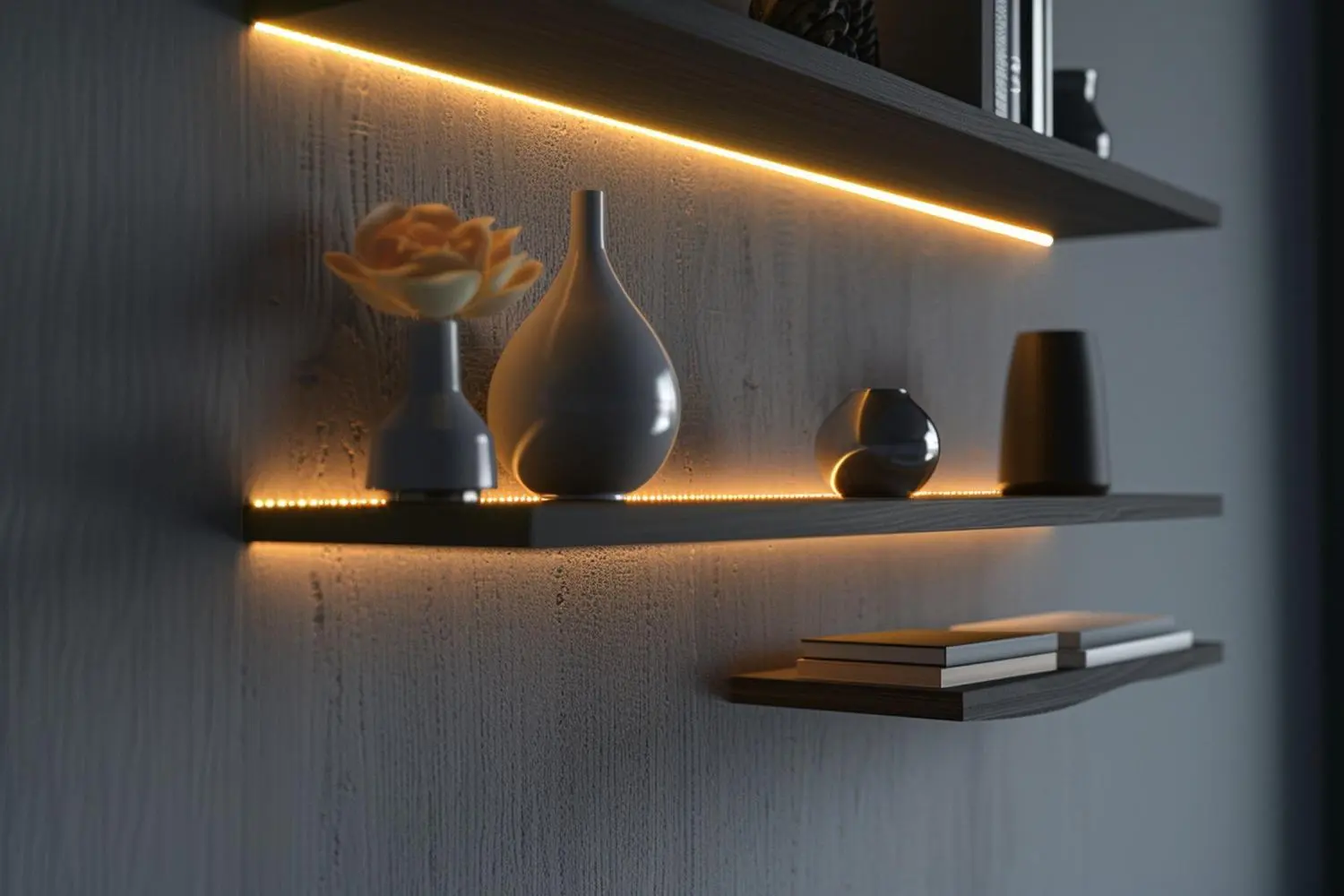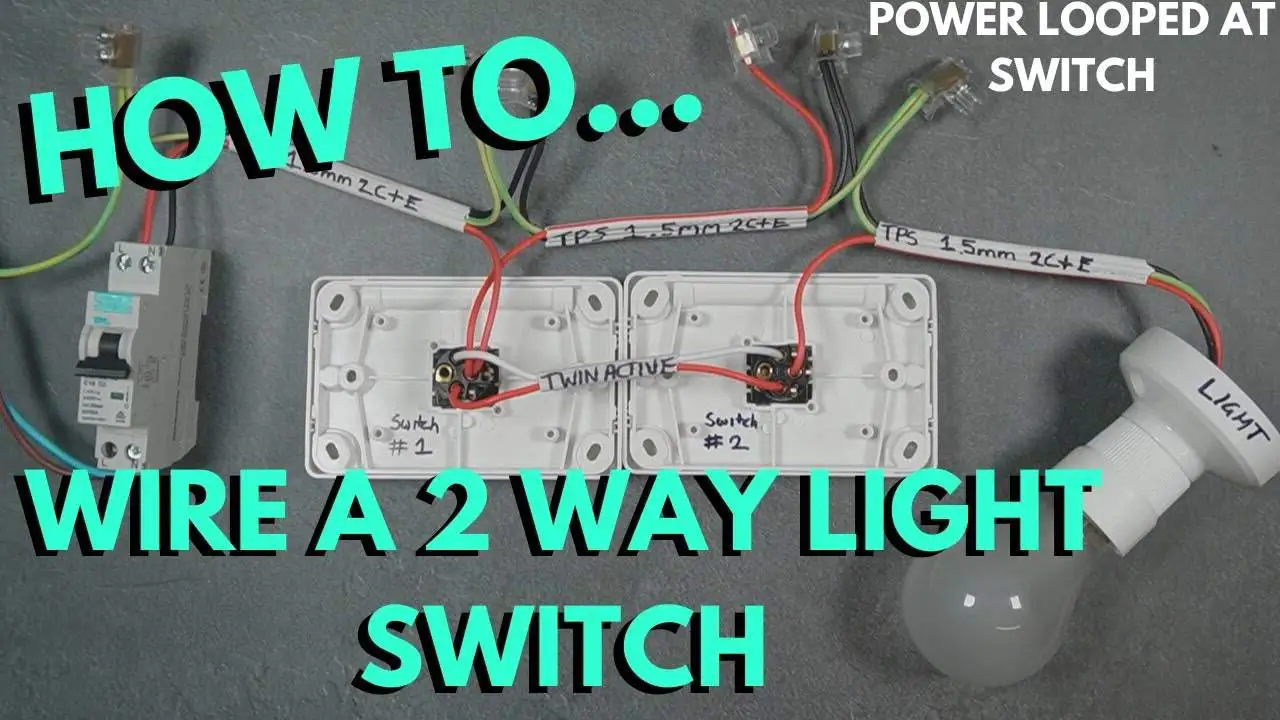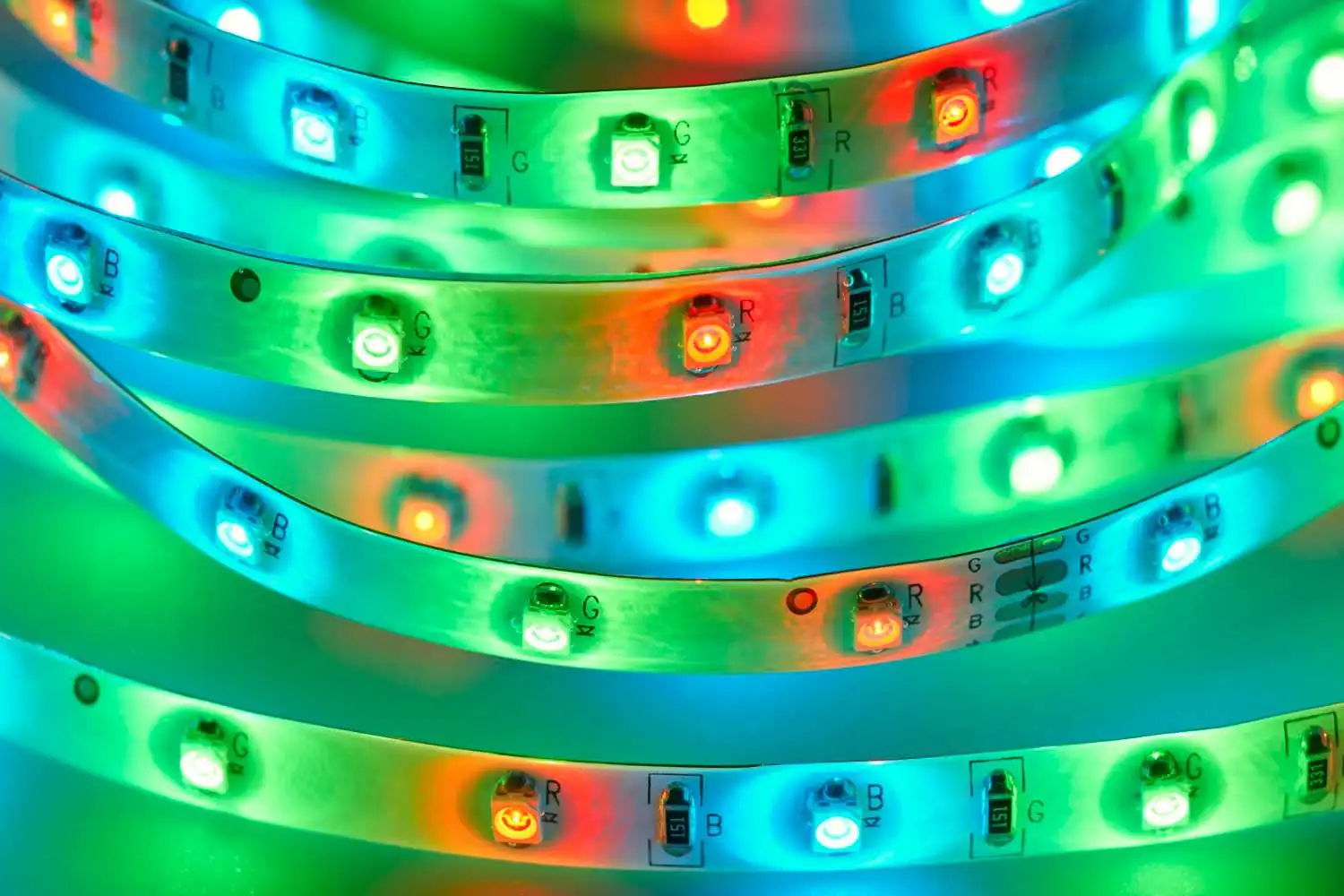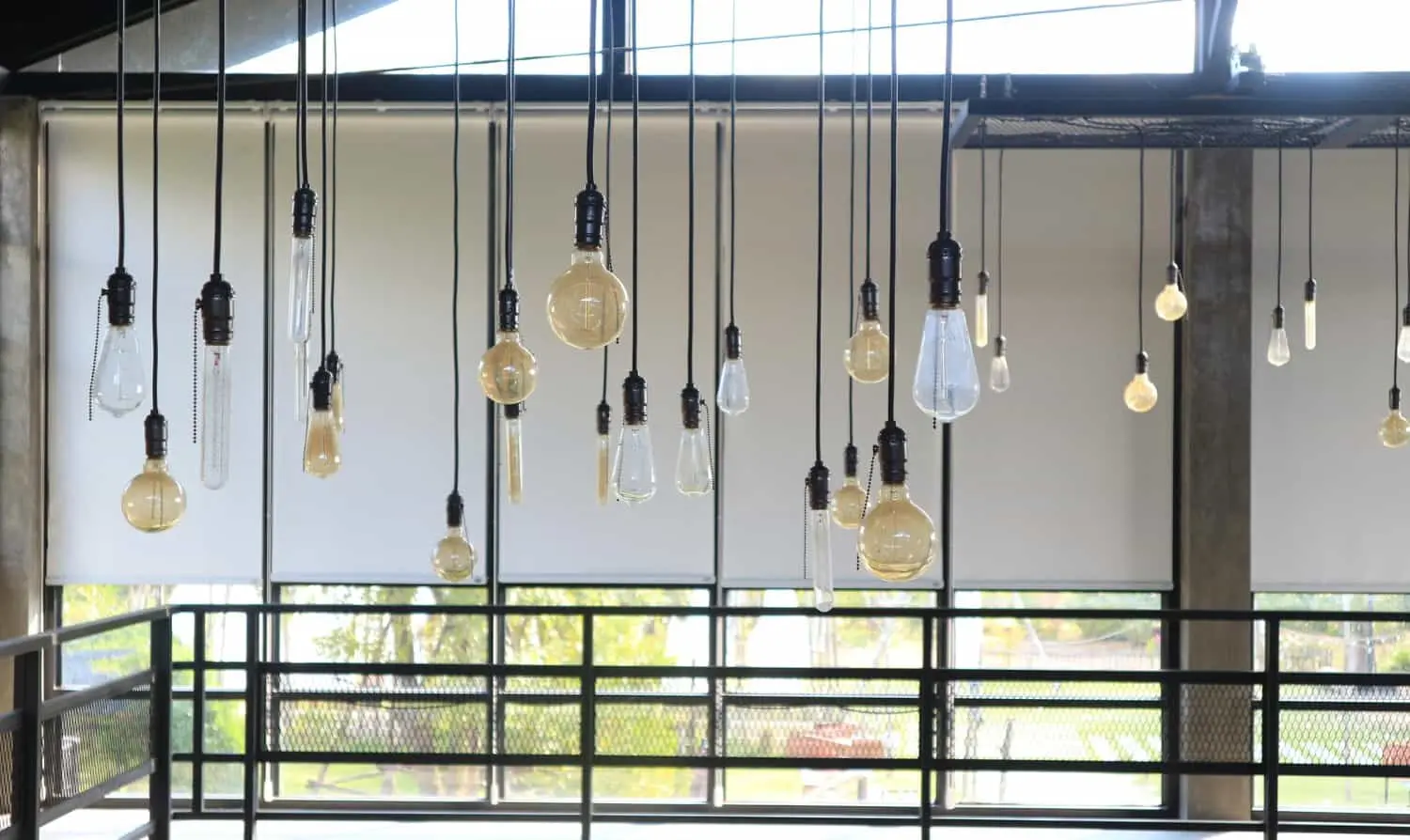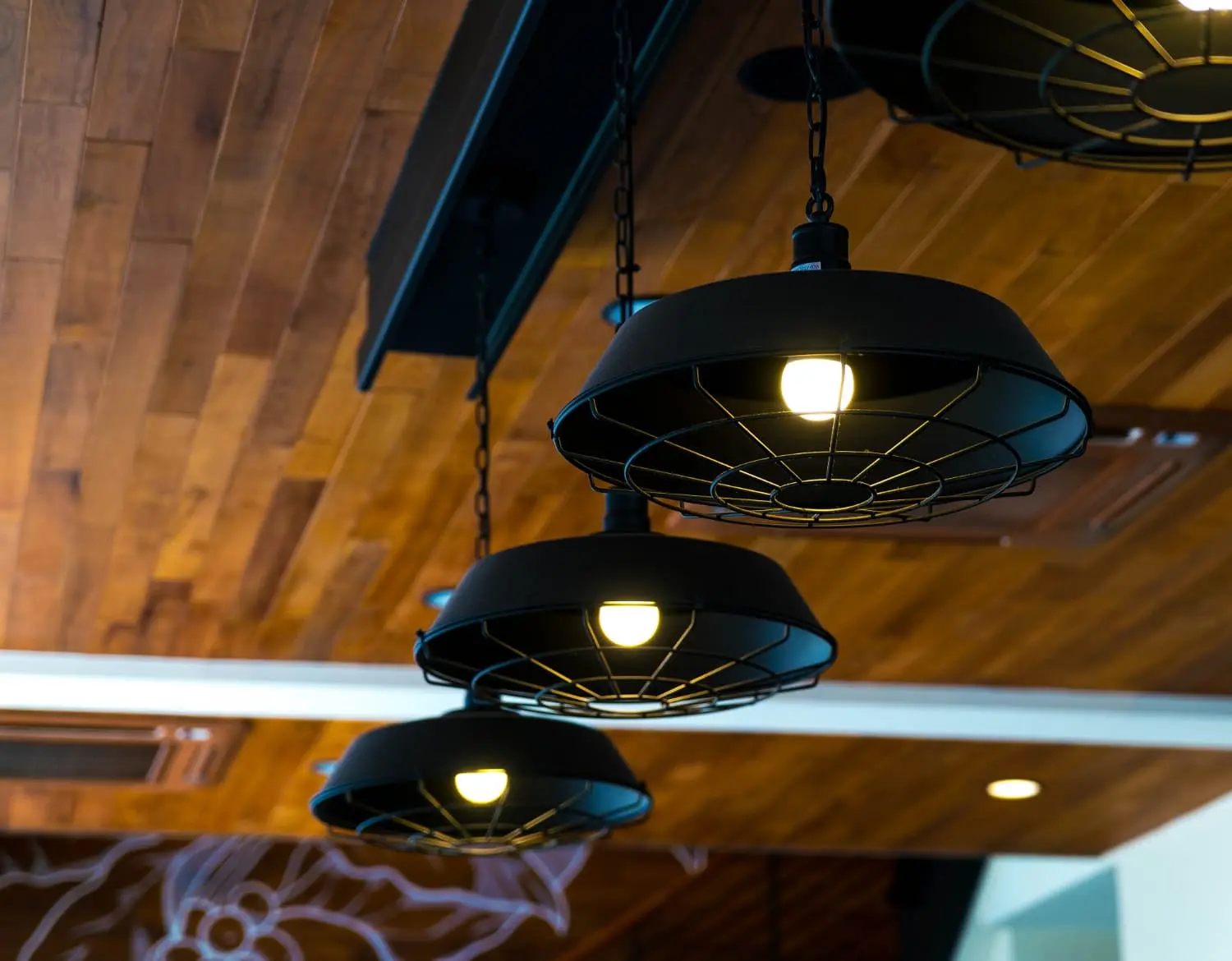Looking to add a touch of China flair to your next event? With so many different kinds of laser lights on the market, it can be hard to decide which one is right for you.
This guide will teach you everything you need to know about China laser lights, including what types are available and the average cost. We will discuss their common feature and also give some buying tips to help you make an informed purchase.
So read more to find out everything about China laser lights.
What Are Laser Lights
Laser lights are high-powered beams of light produced by lasers. They are used in a variety of applications, from lighting shows to industrial uses.
Laser lights often feature different colors and designs depending on the manufacturer, making them highly customizable for whatever event or application one may have in mind. It can be very bright and can even be used to create images or patterns.
Additionally, laser lights can be used to create three-dimensional objects. In general, laser lights are created by using a material that is able to amplify light, called an active medium, and then focusing the light with mirrors.
Additionally, some laser lights can travel long distances, while others cannot travel as far. Ultimately, the type of laser light that is best suited for a particular purpose depends on the specific needs of the user.
How Laser Lights Work
Lasers emit light that is highly concentrated in a single direction. This is accomplished by using a material that amplifies light, called a gain medium, along with two mirrors.
One of the mirrors, known as the output coupler, is partially transparent. The other mirror, known as the fully reflective mirror, reflects all of the light that hits it. The gain medium is placed in between the two mirrors.
When the laser is turned on, electrons in the gain medium are stimulated and begin emitting photons. These photons bounce back and forth between the two mirrors. As they pass through the gain medium, more photons are emitted.
This amplifies the light signal until it reaches a point where it can escape through the output coupler. The result is a beam of very intense light that is all traveling in the same direction.
The 3 Main Types of Laser Lights
When it comes to laser lights, there are three main types:
#1 RGB Laser Lights
These lights are great for creating an eye-catching display. They produce three different beams of light that can be combined to create various colors. RGB laser lights are often used in stage laser light shows and club lighting.

#2 DMX Laser Lights
DMX laser lights are a type of computer-controlled laser light. They use a DMX controller to create various patterns and effects. DMX laser lights are often used in stage lighting and architectural lighting.

#3 ILDA Laser Lights
ILDA laser lights are a type of computer-controlled laser light. They use an ILDA interface to create various patterns and effects. ILDA laser lights are often used in laser shows and nightclubs.

These are just some of the most common types of laser lights. Here at Vorlane, we specialize in manufacturing all kinds of laser lights, we have Self-Own Factory with ISO certified factory, which means that we can offer you the best possible prices for the highest quality laser lights.
Common Features of Laser Lights
Laser lights are made up of a beam of coherent light that is emitted from a laser source. This beam can be focused into a very small spot, making it ideal for pointing and targeting. Laser lights are used in many applications, including presentations, stage shows, and even medical procedures. Common features of laser lights include:
| Features | Description |
|---|---|
| Intensity | This is the distance between two peaks in the waveform of the laser light and is typically measured in nanometers (nm). Different wavelengths produce different colors of light. For example, red lasers have a wavelength of around 650 nm, while blue lasers have a wavelength of around 405 nm. |
| Wavelength | This is the distance between two peaks in the waveform of the laser light and is typically measured in nanometers (nm). Different wavelengths produce different colors of light. For example, red lasers have a wavelength of around 650 nm while blue lasers have a wavelength of around 405 nm. |
| Beam Width | This is the width of the beam at its widest point, and is typically measured in millimeters (mm). A wider beam will appear brighter than a narrower one, but will also be more dispersed. |
| Polarization | This refers to the alignment of the electric field within the laser light. |
These are just some of the common features of laser lights. Different types of laser lights will have different features, and different applications will require different features. At Vorlane, use the best material and technology to produce the best quality laser lights.
9 Laser Lights Industry Application
For many people, laser lights are nothing more than festive holiday decorations. But the truth is that laser lights have a wide range of applications beyond simple decoration. Here are the industrial applications of laser lights:
#1 Agriculture
Laser lights are used in agricultural applications such as crop mapping, yield analysis, and precision farming. They are usually used in conjunction with GPS systems to map out fields and track crop growth.
#2 Automotive
Laser lights are used in the automotive industry for car body scanning, engine diagnostics, and headlight alignment. They are also used in the production of solar panels and wind turbines.
#3 Construction
Laser lights are used in construction for leveling, grade checking, and surveying. They are also used to align pipes and foundations.
#4 Medical
Laser lights are used in medicine for a variety of applications, including cancer treatment, eye surgery, and dental work. They are also used to diagnose skin conditions and remove tattoos.
#5 Military
Laser lights are used by the military for target designation, rangefinding, and night vision. They are also used to create decoys and blind or dazzle enemy troops.
#6 Scientific
Laser lights are used in a variety of scientific applications, including spectroscopy, microscopy, and interferometry. They are also used to measure distance, speed, and altitude.
#7 Security
Laser lights are used in security applications such as intrusion detection, perimeter protection, and surveillance. They are also used to create holographic images and to detect forged documents.
#8 Entertainment
Laser lights are used in a variety of entertainment applications, including stage shows, nightclubs, and laser tag. They are also used in educational shows and planetariums.
#9 Manufacturing
Laser lights are used in manufacturing for a variety of applications, including cutting, welding, and marking. They are also used in the production of semiconductors and optical fibers.
Laser lights have a wide range of industrial applications beyond simple decoration. At Vorlane, we have a team of experts who can help you find the right laser light for your specific application.

The Average Cost of Laser Lights
The average cost of laser lights is around $200. However, the price can vary depending on the type of laser light and the features it offers.
For example, laser lights that are designed for agricultural or automotive applications will typically be more expensive than those that are designed for entertainment or security applications.
Laser lights cost will also vary depending on the size and power of the laser. Smaller lasers will typically be less expensive than larger lasers.

The Manufacturing Process of Laser Lights
A laser is made when the electrons in atoms are stimulated and release photons. The photons travel in a line and bounce off of mirrors to create a beam. The light is then amplified by passing it through a lasing medium. This step-by-step guide will show you how lasers are manufactured:
Step #1 Selecting the Chemical Element
The first step in the manufacturing process is to select the chemical element that will be used to create the laser. The most common elements are carbon dioxide, nitrogen, and argon.
Step #2 Creating the Active Medium
The next step is to create the active medium, which is the material that amplifies the light. The active medium is usually a gas, liquid, or crystal.
Step #3 Pumping the Active Medium
The active medium must be pumped with energy in order to create the laser light. This is typically done with an electric current or a flash of light.
Step #4 Creating the Optical Cavity
The optical cavity is created by placing two mirrors on opposite sides of the active medium. The mirrors reflect the light back and forth through the medium, amplifying it.
Step #5 Adding the Gain Medium
The gain medium is added to the optical cavity to further amplify the light. The gain medium is typically a crystal or glass rod that is placed in the cavity.
Step #6 Adding the Pumping Source
The pumping source is added to the gain medium. The pumping source provides the energy that is used to amplify the light.
Step #7 Creating the Laser Beam
The final step in the manufacturing process is to create the laser beam. This is done by passing the amplified light through one of the mirrors in the optical cavity. The laser beam is then directed to the desired location.
6 Buying Tips About Laser Lights
There are a variety of different types of laser lights available on the market today. If you’re looking for laser light to accentuate landscaping or holiday decoration, there are a few things you should keep in mind:
#1 Power
Consider the power of the laser light. Higher-powered laser lights will be more visible from greater distances, but they may also create more glare.
#2 Beam Pattern
Think about the beam pattern. Some laser lights create a single, focused beam, while others create a wider, diffused beam. If one is not sure what one needs, it’s always a good idea to ask a professional for guidance.
#3 Color
Laser lights are available in a wide range of colors. While most people choose laser lights that emit green or red light, there are also blue and white laser lights available. Consider the look of what one is going for before making the final decision.
#4 Location
Think about where the laser light will be used. If one will use it indoors, one will need a laser light that is approved for indoor use. If one is using it outdoors, make sure it is weatherproof and designed for outdoor use.
#5 Size and Weight
Laser lights come in a variety of sizes and weights. If one is planning on using laser light outdoors, make sure to choose a model that can withstand the elements.
#6 Power Output
Be sure to check the power output of the laser light. Some models are designed for indoor use only, while others can be used both indoors and outdoors.
Maintenance and Troubleshooting
Keeping Your Lights Bright
Regular clean-ups are key. Use a soft cloth to gently wipe down the lens and body, keeping your beams sharp and clear. Don’t forget to peek at cables and connectors for any wear and tear.
When Lights Flicker
If your laser starts acting like a disco ball, check your power connections first. A loose wire might just be the party pooper. Still flickering? It might be time to replace a part or two.
Color Gone Weird
If the reds are turning pink, it’s recalibration time. Dive into your control software and tweak away. If that doesn’t fix it, the color filters or LEDs might need a professional’s touch.
The Light Won’t Listen
Unresponsive lights need a reset. If they’re still ignoring you after that, check for software updates. Sometimes, they just need a little digital nudge to get back on track.
Long Live the Laser
Store your lights in a cool, dry spot to avoid damage from heat and moisture. And remember, even lasers need a break. Letting them rest between gigs can keep them going strong for years.
Expert SOS
Some problems are bigger than a DIY fix. If you’re stuck, don’t hesitate to call in the cavalry. Professionals can tackle those tricky internal issues safely and efficiently.
Conclusion
If you’re looking for a light show that is out of this world, look no further than China laser lights. These versatile and powerful lights can create an amazing display that will leave the guests speechless.
We have the experience and expertise to help you create the perfect light show for your event. Contact us today to get started.

